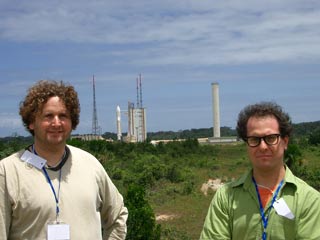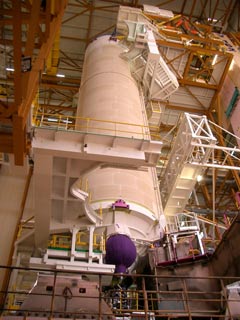It's so long that I've written here that it's embarrassing, and how I'm repurposing a halfbaked email I wrote to a friend. Blog shame.
On my recent flights I've been reading a lot of books, since all the travel has removed my--hitherto cherished--ability to sleep on all flights. Now I have to read, and I've been reading a lot.
One book was Making Modernism by Michael Fitzgerald, which analyzes Picasso's career as more than just an artistic achievement, but a key entrepreneurial one that became the archetype of artistic careers throughout the 20th century. The book is, frankly, boring, (the art historical version of the begats: "Then Picasso had this show, which had these paintings...and then a couple of months later, there was this show which had THESE paintings in it...") but it's a fascinating story to see how Picasso and his dealers (and, in the 30s, the Museum of Modern Art) carefully managed his image, cultivated his relationships and played the art market not just to maximize prices in the short run, but to brand him--in the modern marketing sense--as "The Greatest Living Artist" for most of his career after his 30s.
It's quite remarkable and it's not clearly not just that Picasso had the chutzpah to proclaim himself as such and have some gut-level savvy coupled with luck, but that he carefully managed his reputation (and his contacts, and his image--while he and Paul Rosenberg carefully controlled his inventory and the prices for his work) to make the most of his position at all points. He was an active shaper of his reputation, dispelling all of the art-for-art's-sale mythology of the French Academy and taking the final step to bringing his art to the open market as the Impressionists had wanted.
From a corporate standpoint, it was a classic CEO-CFO marriage: he was the CEO, whose job it was to maximize revenue in the long run through innovation and brand-building; while Rosenberg was the CFO, maximizing profit (which generally means controlling costs and carefully pricing). There's an interesting story in the book about how worried gallerists--especially Rosenberg--were after WWII as government started auctioning off large quantities of 1930s Modernist work that had been confiscated by the Nazis from Jewish dealers; the worries came true and the auctions depressed prices for Picasso's paintings until the late 40s because everyone who wanted a Picasso was able to get it at bargain prices right after the war.
It's also interesting to contrast Picasso to Duchamp. Duchamp is the Steve Jobs to Picasso's Bill Gates (and Rosenberg's Steve Ballmer?) and he was never able to achieve the same level of market penetration or popularity, despite the fact that he was the more innovative and radical by far (at least when their careers are compared after Cubism). Duchamp's brand identity rested on constant radical innovation, which is a much more difficult position to maintain than Picasso's, which was mainly built on being consistently Picasso. Picasso had to produce interesting work that was understandable and appreciable by his target audiences, and in sufficient quantity to keep interest high but without overheating or alienating the market, which is a much savvier position.
It's fascinating to take the Picasso archetype and look at how other artists and working the artist-gallery-museum ecology to manage their careers. Warhol seemed to understand this, but he did not understand it as well as Picasso. Jeff Koons made the game so apparent that the other players may have burned out on it. Matthew Barney's career seems like a particularly sophisticated example, the high art equivalent of a boy band (or maybe just Justin Timberlake). (And that's only bad if one insists on the platonic purity of art as strictly self-expression and a way to actually make a living.)






Recent Comments